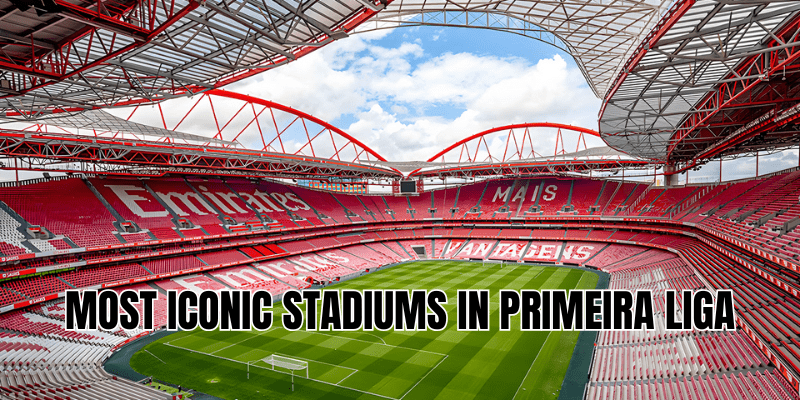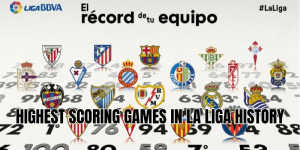In Portugal’s top flight, the most iconic stadiums in Primeira Liga don’t merely host matches — they house memory, identity, rivalry, and communal pride. In this article, DaoKick will guide you through the cathedrals of Portuguese football: their stories, designs, atmospheres, and what makes each one unforgettable.
Why stadiums matter in Portuguese football
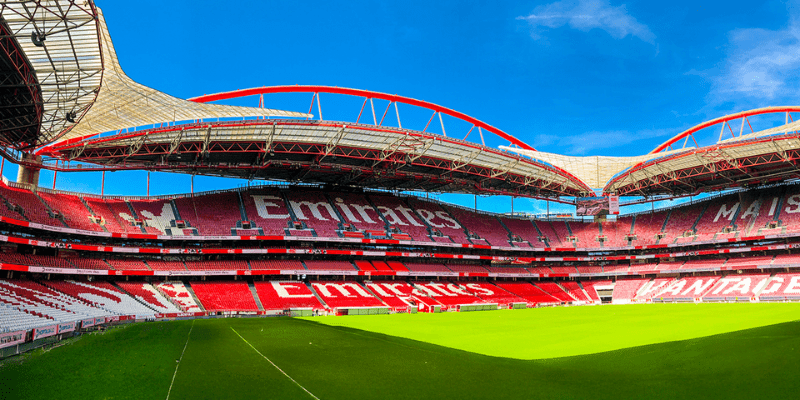
Stadiums are more than concrete and steel — they are living symbols of clubs, cities, and generations of fans. In Portugal, where passion for football is woven into the culture, a stadium is a stage for legends and legends-in-waiting. The most iconic stadiums in Primeira Liga serve multiple roles:
- They project image (national and continental)
- They amplify home advantage
- They become tourist attractions, history lessons, and pilgrimage sites
As you explore these arenas, imagine the noise of rival fans, the weight of trophies lifted, the walkouts at derby days, and the stories etched into every seat. Let’s dive into the heart of Portuguese football, ground by ground.
The big three: Lisbon and Porto giants
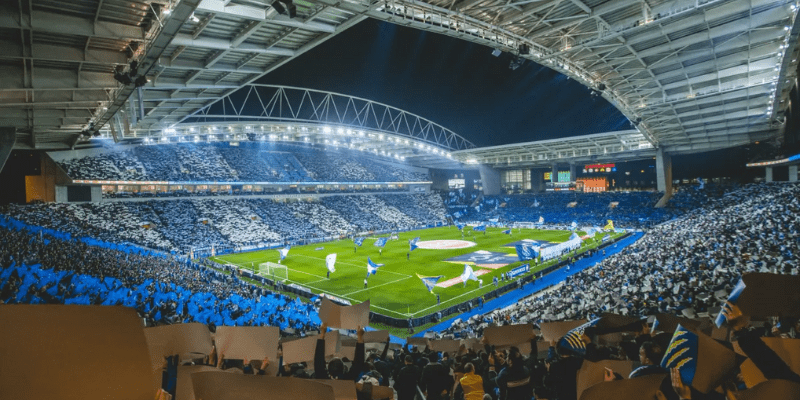
In Portugal, three stadiums stand tallest not only in size but in symbolic power. These are the arenas where title races are often decided, where European nights reach their peak.
Estádio da Luz (Benfica)
Arguably the most globally recognized stadium in the Primeira Liga, Estádio da Luz (“Stadium of Light”) is Benfica’s luminous fortress. With a capacity exceeding 65,000, it has hosted countless “O Clássico” matches, European nights, and even major finals. Its steep terraces, enveloping arches, and dramatic night lighting give it a cathedral-like aura. Over the decades, it has been the stage for Benfica’s golden eras, memorable European runs, and generations of Benfica royalty.
Estádio José Alvalade
Built for Euro 2004 and designed by Tomás Taveira, Alvalade XXI blends modern architecture with tradition. It seats over 50,000 fans, and is acoustically built to magnify chants, making it a fortress on derby days. The stadium’s mosaic seating was once a riot of color; in recent years it’s been unified with club green. Alvalade has hosted international matches and European knockout rounds, strengthening its footprint among Portugal’s most iconic stadiums in Primeira Liga.
Estádio do Dragão (FC Porto)
Opened in 2003 to replace the old Estádio das Antas, Dragão (The Dragon) is Porto’s declaration of power. With roughly 50,000 seats, sleek lines, and dramatic lighting, it is a modern icon. The stadium hosted the UEFA Champions League final and countless high-stakes clashes. Recently, Porto announced a major renovation to upgrade infrastructure, hospitality, and technology to keep it at the top of the continental stage.
These three stadiums combine capacity, modernity, history, and symbolic weight. Yet, Portugal’s football lore doesn’t stop there — several other arenas earn their spot in this ranking by their uniqueness, atmosphere, and architectural flair.
Unique gems and atmospheric battlegrounds
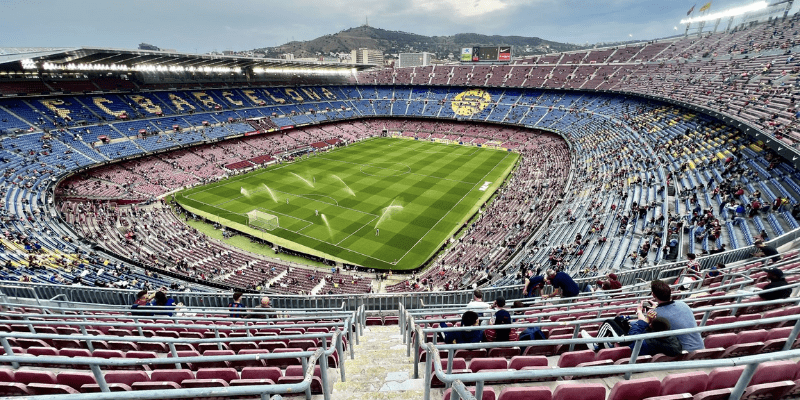
Beyond the giants, many Pr imeira Liga stadiums punch above their weight — whether by design, history, or matchday identity.
Estádio Municipal de Braga (“A Pedreira”)
Built into a carved quarry, Braga’s stadium is among the most architecturally dramatic in the world. Only two lateral stands flank the pitch; the opposing “stand” is a sheer granite wall—nature itself transformed into football theater. Its nickname, “A Pedreira” (the Quarry), is no exaggeration — the cliffs give it an almost amphitheater quality. Opened for Euro 2004, it seats about 30,000. On big nights against Lisbon or Porto, Braga feels more imposing than its size suggests.
Estádio Municipal de Aveiro
For Euro 2004, the Estádio Municipal de Aveiro was erected with bold modernism. With a capacity near 32,830, it was designed by Tomás Taveira. It is not permanently home to a “big three” club, but when used in the Primeira Liga or international matches, its clean design, fluid lines, and structural symmetry render it a visually elegant venue. It exemplifies how newer stadiums contribute to the portfolio of most iconic stadiums in Primeira Liga by virtue of design ambition.
Estádio D. Afonso Henriques (Guimarães)
Named after the first King of Portugal, this stadium is steeped in regional pride. With around 30,000 seats, it’s the fortress of Vitória SC. It has been modernized over time but retains its regional identity. On matchdays, the local fervor makes it a cauldron — a reminder that iconic stadiums need not be massive to leave a lasting imprint.
Estádio do Bessa (Boavista)
Located in Porto, Bessa is compact, steep, and imbued with personality. Holding roughly 28,000 spectators, it has witnessed Boavista’s unique rise in the early 2000s when they challenged the traditional “Big Three.” Bessa’s narrow stands and intimate setting bring fans close to the pitch, intensifying the feel of every tackle, cheer, and moment.
Estádio do Restelo (Belenenses)
Nestled behind Lisbon’s Jerónimos Monastery, Restelo opened in 1956 with a modest capacity of about 19,856. What it lacks in size, it makes up in charm and history. It was built in a former quarry and has hosted memorable moments for Belenenses and national team fixtures. As an older ground still present in top-tier context, it reminds us that historical roots matter.
Estádio do Bonfim (Setúbal)
Less flashy, but indelibly Portuguese, Bonfim has been the home of Vitória FC for generations. With a seating capacity near 15,500, it may not rank among the largest, but its location in the heart of Setúbal and tight, old-school stands lend it emotional resonance. In its prime, Bonfim was one of the most modern stadiums in Portugal — today it’s a beloved relic of the local football culture.
Criteria that define “iconic”
When DaoKick ranks the most iconic stadiums in Primeira Liga, several criteria come into play:
- Historical weight & legacy — venues tied to trophy moments, eras, or club identities
- Design & architectural uniqueness — whether by innovation, terrain, or aesthetics
- Atmosphere & acoustics — how well the stadium amplifies the crowd, intimidation value
- Capacity & modern relevance — ability to host continental finals, big matches
- Cultural significance — its place in fan lore, city identity, pilgrimage status
The stadiums listed above tick multiple boxes. They are not just settings — they are characters in Portugal’s football story.
Map of intensity: largest to intimate
To help you visualize their scale and feel, here’s a comparison:
| Stadium | Approx Capacity | Notable Feature |
| Estádio da Luz | ~65,000+ | Monumental and historic |
| Estádio José Alvalade | ~52,000 | Acoustic design, modern classic |
| Estádio do Dragão | ~50,000 | Sleek, modern, European stage |
| Municipal de Aveiro | ~32,830 | Euro-era modern design |
| Municipal de Braga (A Pedreira) | ~30,000 | Quarry integration, dramatic |
| D. Afonso Henriques | ~30,000 | Regional pride & identity |
| Estádio do Bessa | ~28,000 | Intimate, steep terraces |
| Estádio do Restelo | ~19,800 | Historical setting in Lisbon |
| Estádio do Bonfim | ~15,500 | Old-school charm, local legacy |
Some stadiums like Braga’s or Restelo prove that iconic status isn’t purely a function of size — their stories, settings, and fan connection elevate them.
Tips for fans on a stadium tour
If you’re planning a pilgrimage across Portugal’s football arenas, here are some tips:
- Attend a derby or big match to experience peak atmosphere
- Tour stadium museums (Luz, Alvalade, Dragão all have them)
- Stand in the ultras sections (where permitted) for authentic vocal energy
- Visit during off-matchdays to catch architecture, behind-scenes corridors, grounds
- Combine with local culture — stadiums often lie within the warp and weft of city life
Every stadium is a doorway into the soul of Portuguese football — and walking them is like touring the national heartbeat.
Conclusion
The journey through the most iconic stadiums in Primeira Liga is more than a tour of buildings: it’s a trip through identity, memory, architecture, and passion., to the quarry-carved stage of Braga, to the historical lanes of Restelo and Bonfim — each stadium is a chapter in Portugal’s football narrative.
At DaoKick, we hope this guide fuels your curiosity, your travel plans, and your love of stadium lore. Want deep dives on specific stadiums, matchday experiences, or hauntings of ultras? Drop a comment or message — let’s explore the next goal together.
